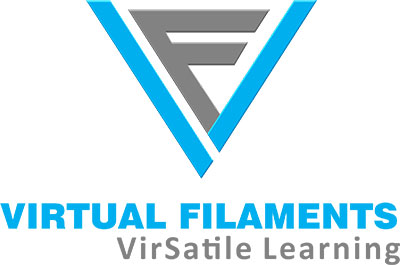Medical
This innovative technology has become an incredible tool in the medical field. Medical professionals have been utilizing VR technology, from patient treatment to medical education.
In medical settings, simulating medical procedures, allow doctors and nurses to practice complex surgeries and other procedures without the risk of harm to actual patients.
This technology also enables medical professionals to understand human anatomy better, helping them develop new treatments and therapies.
This technology has been increasingly used in medical settings, revolutionizing how medical professionals approach diagnosis, treatment, and education.
Here Are Some Key Points on How Virtual Reality Serves in Medical Settings:
● Training and Education: It helps medical sectors to simulate medical procedures and surgeries, allowing them to practice and perfect their skills without the risks and costs associated with real-life scenarios. Additionally, it also provides an immersive and interactive learning experience for medical students and residents, enabling them to study complex anatomical structures and diseases more engagingly and interactively.
● Pain Management: This is an effective tool for pain management, particularly for patients with chronic pain or undergoing painful procedures. Its immersive and distracting nature helps reduce the perception of pain, anxiety, and discomfort during medical procedures.
● Rehabilitation: We can use it in rehabilitation settings to help patients recover from injuries and improve their motor skills. VR simulations can recreate real-life scenarios and environments, allowing patients to practice their movements and improve their balance and coordination.
● Diagnostics and Treatment: We can create virtual models of patient-specific anatomy, enabling doctors to visualize and analyze medical conditions and plan surgical procedures more accurately along with it delivers targeted treatments, such as radiation therapy, by precisely targeting cancerous cells and sparing healthy tissue.
In summary, virtual reality technology is transforming the medical industry by providing innovative solutions for training, pain management, rehabilitation, and diagnostics. With its potential to revolutionize medical education, VR is poised to shape the future of medicine and improve patient outcomes.

